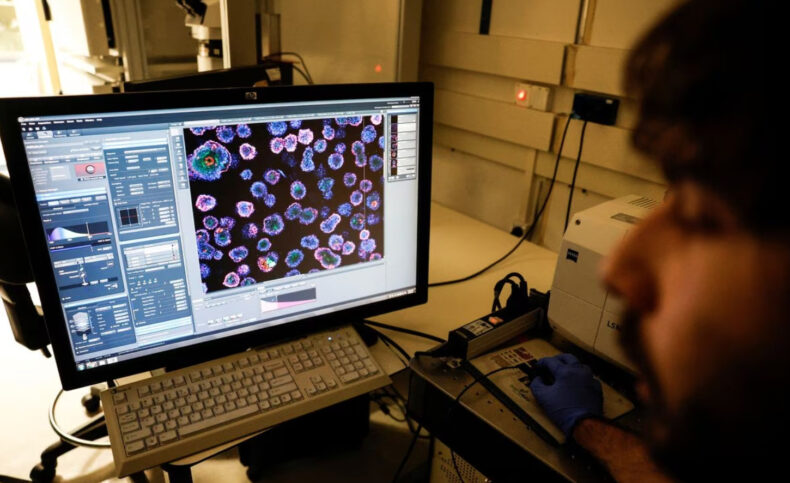Explore the versatility and significance of pluripotent stem cells in scientific research and their potential impact on medicine and biology.
The study of human embryonic development is a rapidly evolving field. In recent years, scientists have made significant advances in understanding how embryos develop, thanks in part to the development of pluripotent stem cells. Pluripotent stem cells can be used to create embryo models that closely mimic the development of a natural embryo. These models have the potential to be used for a variety of purposes, including drug testing, studying genetic diseases, and developing new therapies.
The Stem Cell Revolution: A Historical Beginning
The journey commences with a historical milestone—the emergence of pluripotent stem cells. In 2012, scientists Shinya Yamanaka and John Gurdon ushered in a new era with their groundbreaking work. Pluripotent stem cells, products of relentless scientific pursuit, possess the extraordinary capability to differentiate into any cell type within the human body.
These remarkable cells have since played a pivotal role in over 15,000 research studies worldwide. The historical impact of Yamanaka and Gurdon’s work cannot be overstated; it opened doors to diverse medical applications, ranging from the study of diseases to potential regenerative therapies.
Creating the Embryo through Stem Cells: A Work of Art
The core of this expedition lies in the meticulous process of creating embryo models that closely mimic a 14-day-old human embryo. This intricate procedure showcases the incredible potential of pluripotent stem cells and the artistry of scientific craftsmanship.

The journey begins with the acquisition of pluripotent stem cells, derived from various sources, including adult tissues. These cells serve as the foundational material for constructing the embryo model, brimming with the potential to transform into any cell type within the human body.
Scientists orchestrate a symphony of chemical signals and environmental cues, guiding the pluripotent stem cells through a remarkable metamorphosis. These cells must differentiate into specific types, mirroring the diverse cell populations found in a natural embryo.
This intricate differentiation includes epiblast cells, architects of the embryo itself; trophoblast cells, builders of the placenta; hypoblast cells, essential for the yolk sac’s support; and extraembryonic mesoderm cells, contributing to the embryo’s structural foundation.
The magic unfolds when precisely 120 of these cells are thoughtfully combined. Remarkably, approximately 1% of these cells embark on a remarkable journey. Through an act of self-organisation, they spontaneously assemble into a structure mirroring, though not replicating, a 14-day-old human embryo.

Ethical Frontiers: Balancing Progress and Ethics
Amidst this scientific marvel, ethical questions emerge. These embryo models aren’t intended for pregnancy and typically reach a legal limit of development in many countries—often at day 14. Nevertheless, as these models inch closer to resembling natural embryos, complex ethical questions surface. Should they be subjected to the same stringent regulations as their natural counterparts? These are intricate issues that both the scientific community and society continue to grapple with.
Setting aside ethical complexities, the potential applications of these embryo models are extensive. They have the potential to revolutionise drug testing during pregnancy, deepen our understanding of genetic diseases, and potentially lead to breakthroughs in growing transplant tissues and organs. However, the current 99% failure rate in model assembly serves as a stark reminder that there’s more work to be done.
As research continues to march forward, the future of artificial embryos holds immense promise. Ongoing studies, international collaboration, and advancements in technology are likely to lead to breakthroughs that may redefine the landscape of reproductive science. This could translate into more effective fertility treatments, deeper insights into genetic diseases, and a heightened understanding of the earliest stages of human life.
This journey, from the discovery of pluripotent stem cells to the ethical frontiers of embryo research, underscores the delicate equilibrium between scientific exploration and ethical stewardship. While these embryo models aren’t exact replicas of natural embryos, they offer a new horizon of possibilities in our ceaseless quest to demystify the intricacies of human embryonic development.













